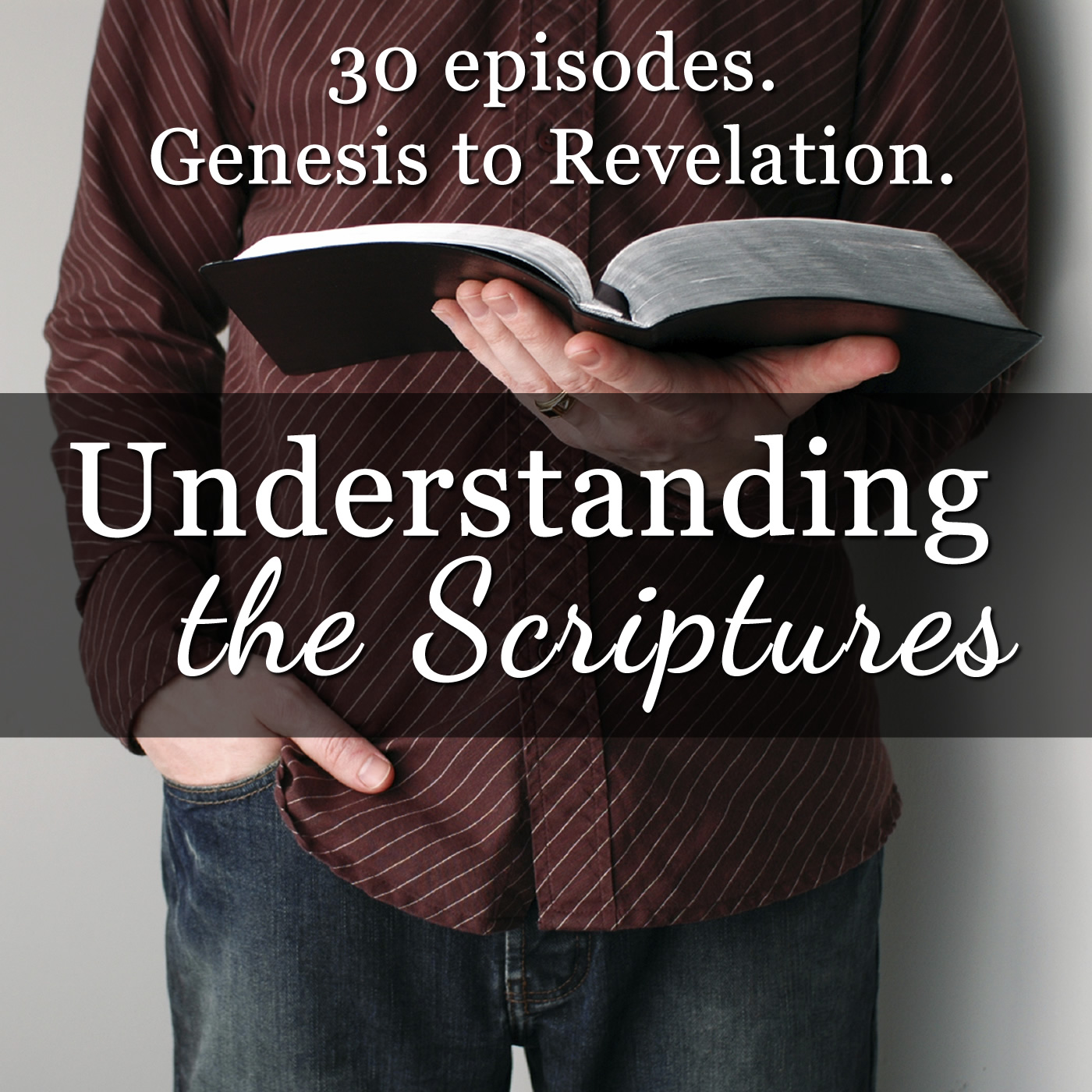Episodes
In this lesson, Carson shows how the birth of the Church is none other than the restoration of the Davidic Kingdom under the Son of David: Jesus the Christ. We spend our time analyzing the Christology (thinking and studying over who Jesus is) and the Ecclesiology (thinking and studying over what the Church is) that Luke presents to us in both his Gospel and the Acts of the Apostles, which is the sequel to Luke's Gospel.
When we look carefully at the details, we discover that Luke presents...
Published 07/07/09
In this lesson, Carson looks back at the whole of Salvation History to better understand God's purpose for Israel, which is to be a light to the nations. Ultimately, this purpose is fulfilled in Jesus, who recapitulates Israel in his own person and mission. Due to his redemptive work upon Calvary (wherein he takes upon himself the curses of the Mosaic Covenant), the separation between Israel and the other nations is obliterated (See Ephesians 2:11-22). Jesus has made it possible for all of...
Published 07/07/09
In this lesson, Carson looks at the person, history, and theology of one of the greatest saints in the 2,000 year history of the Catholic Church: St. Paul the Apostle. In this episode, we read from the writing of a presbyter, a Catholic priest, who wrote around 160 A.D. In it, we discover a description of what St. Paul looked like. We read from Eusebius of Caesarea's "Church History," wherein he describes the means by which St. Paul was martyred under the persecution of the Roman emperor...
Published 07/07/09
In this lesson, Carson first gives 12 characteristics of the Davidic Kingdom in the Old Testament. Since the New Covenant is a renewal and extension of the Davidic Covenant, we find these characteristics fulfilled by Jesus, Mary, Peter, and the Church in the New Testament. He then moves from a presentation of these 12 features to a quick examination of the whole of Matthew's Gospel. We move from chapter to chapter quickly to see how Matthew presents the New Kingdom in the pages of his...
Published 07/07/09
In this lesson, Carson divides the lesson into four parts. First, he discusses the historical meaning of the term catholic. While it literally means "according to the whole" or "universal," when the early Christians first used this term as an identifier for the Church, they used it specifically to denote the true visible empirical Church from heretical or schismatic congregations or followings. We look at the first appearance of "catholic" in Christian literature, which is by St. Ignatius...
Published 07/07/09
In this lesson, Carson gives the historical context surrounding St. John's Apocalypse, which is also known as "Revelation" - the final book of the canon of Sacred Scripture. Its genre is "Apocalyptic" literature, which uses highly visual and symbolic metaphorical language to describe and reveal God's purposes and actions surrounding the events going on in the world around us. The Greek term Apocalypsis literally means "to unveil."
The Book of Revelation is meant to be read as if it were...
Published 07/07/09
In this lesson, Carson wraps up the Understanding the Scriptures Bible course by empowering his students to read and interpret Scripture faithfully. He does this by examining paragraphs 109 through 119 of the Catechism of the Catholic Church. First, we must determine the literal sense of the passage at hand by taking into account (1) the conditions of their time and culture, (2) the literary genres in use at that time, and (3) the modes of feeling, speaking, and narrating then current. ...
Published 07/07/09


